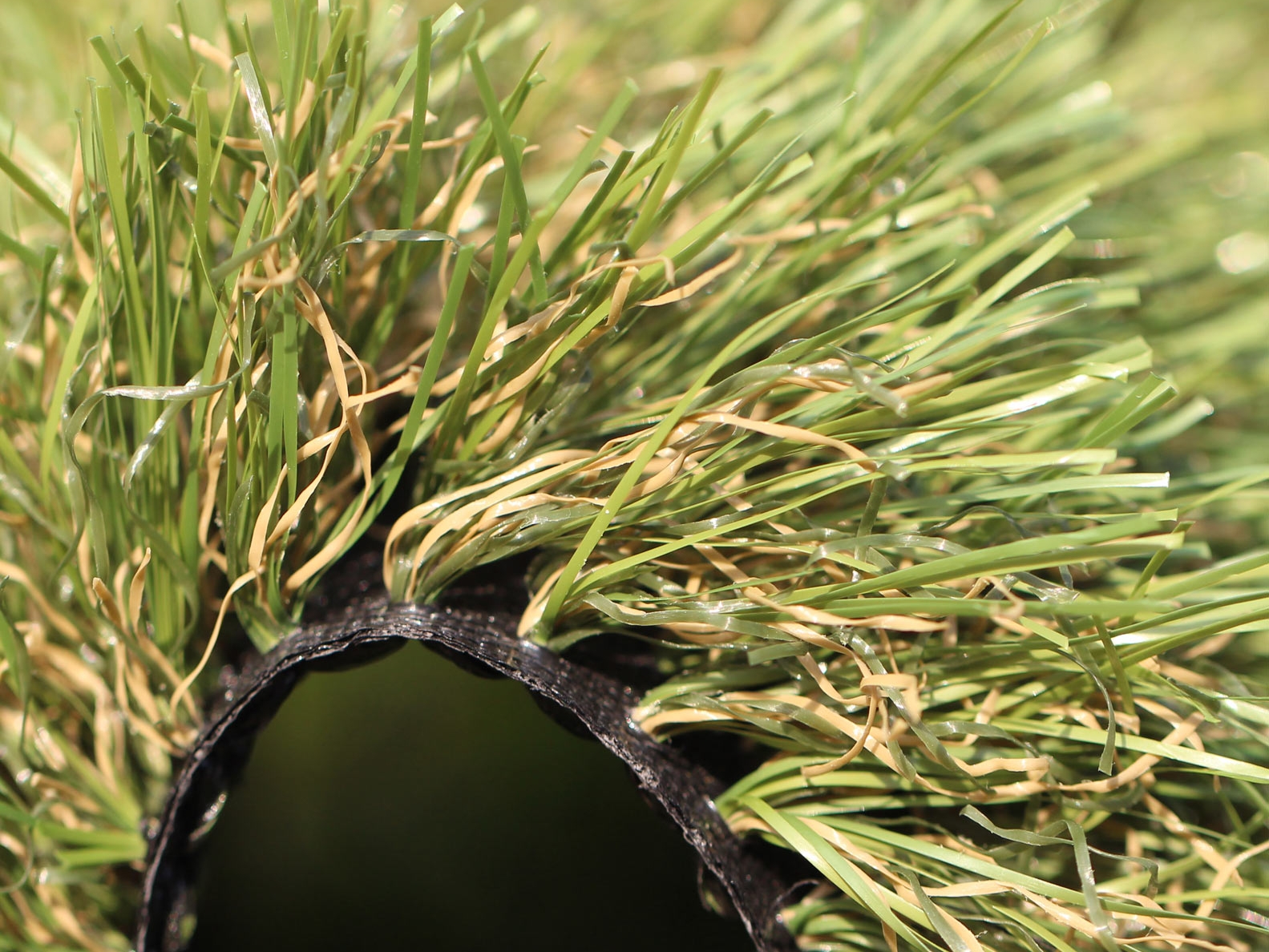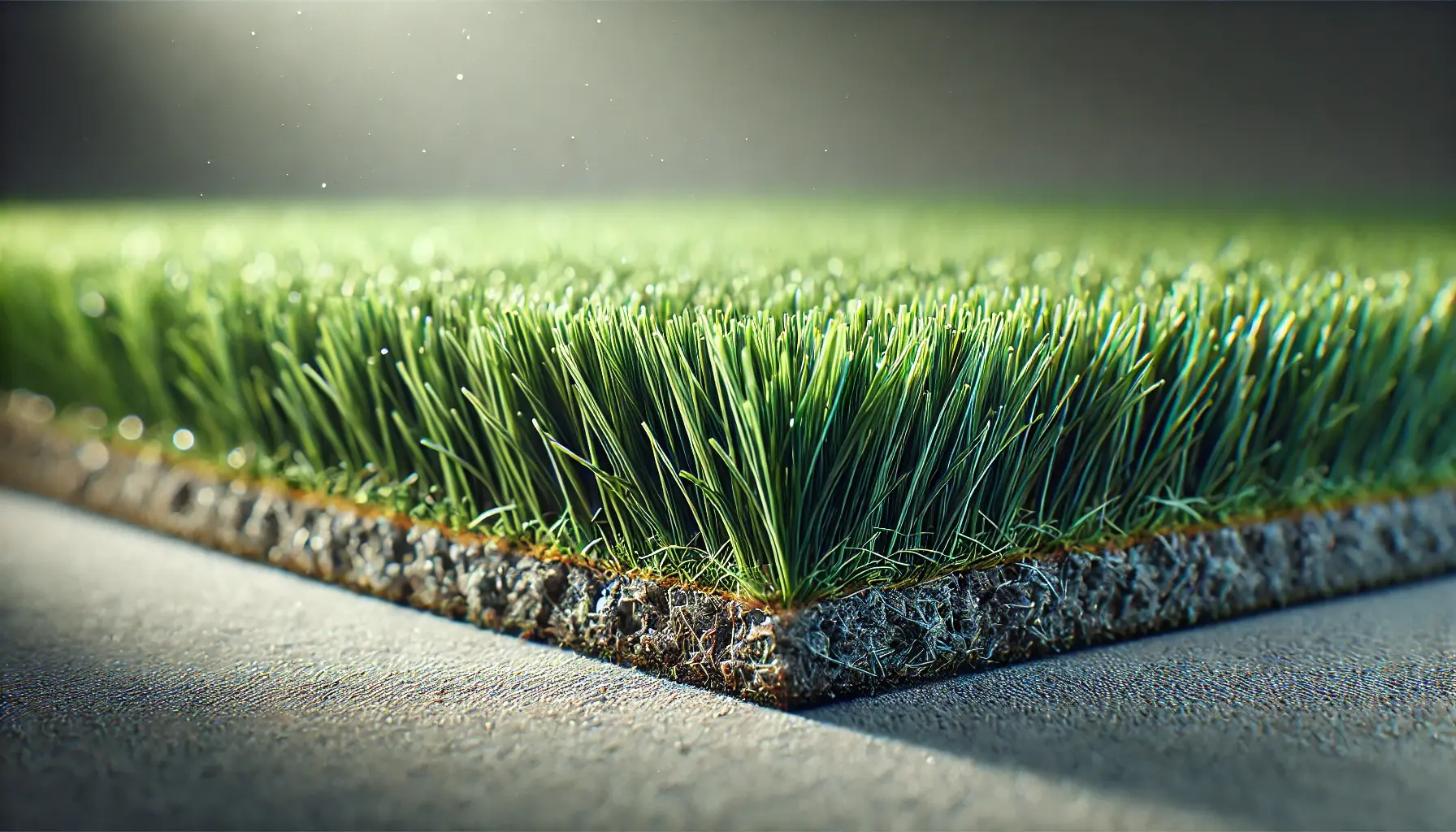Cost-Effective Turf Installation Phoenix AZ for a Hassle-Free Lawn Solution
Cost-Effective Turf Installation Phoenix AZ for a Hassle-Free Lawn Solution
Blog Article
Explore the Environmental Benefits of Opting for Synthetic Grass Solutions
The adoption of synthetic lawn options provides an engaging possibility to deal with pressing ecological challenges. By substantially minimizing water usage and decreasing the application of unsafe chemicals, these choices not just promote lasting landscaping but likewise safeguard neighborhood environments. Furthermore, the reduced carbon impact connected with lowered maintenance activities adds to a much more lasting method to land management. Nonetheless, the ramifications of these advantages prolong past plain preservation efforts, elevating inquiries concerning their long-term influence on habitat preservation and overall eco-friendly balance. Exploring these dimensions exposes an intricate interplay worth considering.
Water Preservation Benefits
One of the most substantial benefits of man-made grass is its ability to save water. In contrast, synthetic turf does not need watering, dramatically reducing the overall need for water resources.
By removing the requirement for normal watering, synthetic turf contributes to lasting landscape techniques and assists minimize the environmental influence of excessive water usage. Furthermore, the preservation of water encompasses the decrease of drainage, which can result in dirt disintegration and waterway air pollution.
Furthermore, the setup of synthetic grass permits districts and house owners to designate water sources much more efficiently, concentrating on crucial uses such as alcohol consumption water and agriculture. The shift in the direction of synthetic grass not only advertises liable water use but likewise straightens with broader environmental goals intended at preserving natural resources.
As communities increasingly prioritize sustainability, the water conservation benefits of man-made lawn present an engaging instance for its fostering in industrial and property landscape design jobs.
Minimized Chemical Usage
The change to synthetic grass dramatically lowers the reliance on chemical therapies generally utilized in natural lawn upkeep. Standard grass administration typically involves the application of fertilizers, herbicides, and chemicals to promote growth and control pests. These chemicals can position risks to human health, neighborhood wild animals, and the atmosphere, adding to dirt and water contamination.
In comparison, fabricated grass removes the requirement for these harmful materials. By lessening the release of synthetic substances into the ecosystem, fabricated grass advertises healthier dirt and water systems.
Additionally, the lack of chemical runoff connected with synthetic grass installments helps safeguard neighborhood waterways from air pollution, supporting water life and keeping biodiversity. Artificial turf companies phoenix. As areas significantly prioritize sustainable methods, selecting synthetic grass presents a practical option that straightens with environmental preservation objectives. Through this shift, homeowner can appreciate lush green areas without compromising ecological health and wellness, leading the way for a much more lasting future
Lower Carbon Footprint

Furthermore, the installation of artificial lawn can result in substantial water conservation. Natural lawns require significant amounts of water for watering, which not only includes in the carbon impact related to water removal and therapy yet likewise stress local water resources. On the other hand, synthetic grass requires marginal upkeep, calling for no watering, therefore considerably minimizing water use and its connected energy expenses.
In addition, the long life of fabricated lawn adds to its lower carbon impact. With a lifespan of up to 15 years or more, the demand for constant substitutes find out here is diminished, causing much less waste and reduced energy usage in production and dealing with traditional grass choices. Overall, synthetic grass offers a lasting option for ecologically mindful landscaping.
Environment Conservation
Habitat preservation is an important consideration in the debate over landscape design options, particularly when comparing synthetic grass to all-natural grass. All-natural yard yards typically require extensive upkeep, including using fertilizers, herbicides, and pesticides, which can negatively impact neighborhood communities. These chemicals can leach into the soil and rivers, harming native flora and animals and disrupting neighborhood habitats.
On the other hand, artificial turf offers an opportunity to lower the eco-friendly footprint of landscape design. By opting for artificial turf, home owners can reduce the disturbance of all-natural environments connected with traditional yard treatment techniques. Fabricated turf removes the need for dangerous chemicals, thereby shielding nearby wild animals and keeping the integrity of surrounding environments. The installment of artificial lawn can lead to the conversion of former grass areas into more biodiverse landscapes, such as pollinator yards or indigenous plant areas, which can sustain local wildlife.
Inevitably, the shift to man-made grass not just preserves water and lowers upkeep efforts but additionally cultivates an extra harmonious relationship in between human activities and the natural environment, advertising environment preservation while doing so.
Long-Term Sustainability
Lasting sustainability is a crucial variable in examining the advantages of synthetic grass over standard turf yards. Among the most considerable benefits of fabricated lawn is its longevity; it can last as much as 15-20 years with very little maintenance, whereas natural lawn requires constant reseeding and replacement. This long life lowers the requirement for constant resources, such as water, plant foods, and pesticides, which are essential for preserving a healthy turf lawn.
In addition, synthetic grass adds to a reduction in carbon exhausts related to lawn treatment tools. Conventional grass frequently require gas-powered mowers, leaners, and blowers, all of which contribute to air contamination. Arizona turf. On the other hand, synthetic lawn gets rid Turf installation phoenix az of the demand for such devices, promoting a cleaner setting
Additionally, the production of synthetic grass increasingly uses recycled materials, enhancing its sustainability account. As suppliers adopt environmentally friendly practices, the ecological footprint of synthetic grass proceeds to decrease.

Final Thought
The adoption of synthetic grass services offers considerable ecological advantages, consisting of considerable water preservation, minimized dependence on harmful chemicals, and a lower carbon impact. Furthermore, synthetic grass aids in maintaining natural environments by reducing land disruption and promoting long-term sustainability via using long lasting materials. Collectively, these factors highlight the possibility of synthetic grass to add favorably to environmental health and wellness and supply a practical option to typical landscape design practices in a progressively resource-conscious globe.
In comparison, artificial lawn does not need watering, substantially reducing the overall demand for water resources. By minimizing the basics launch of artificial substances right into the ecosystem, synthetic grass advertises much healthier dirt and water systems.
Furthermore, the installation of synthetic lawn can result in considerable water preservation. In contrast, fabricated lawn needs very little maintenance, needing no watering, consequently significantly lowering water use and its linked power prices.

Report this page